Every runner starts somewhere — and for most, that journey begins with a pair of running shoes. But with so many models, brands, and price tags, it’s easy to feel overwhelmed. Do you really need to spend €150+ on your first pair, or can inexpensive running shoes do the job just as well?
The truth is, many beginners can find affordable shoes that provide the right comfort, support, and durability. The key is knowing what features matter most when you’re just getting started. In this guide, we’ll break down how to choose your first running shoes without overspending, so you can focus on building fitness and enjoying the miles ahead.
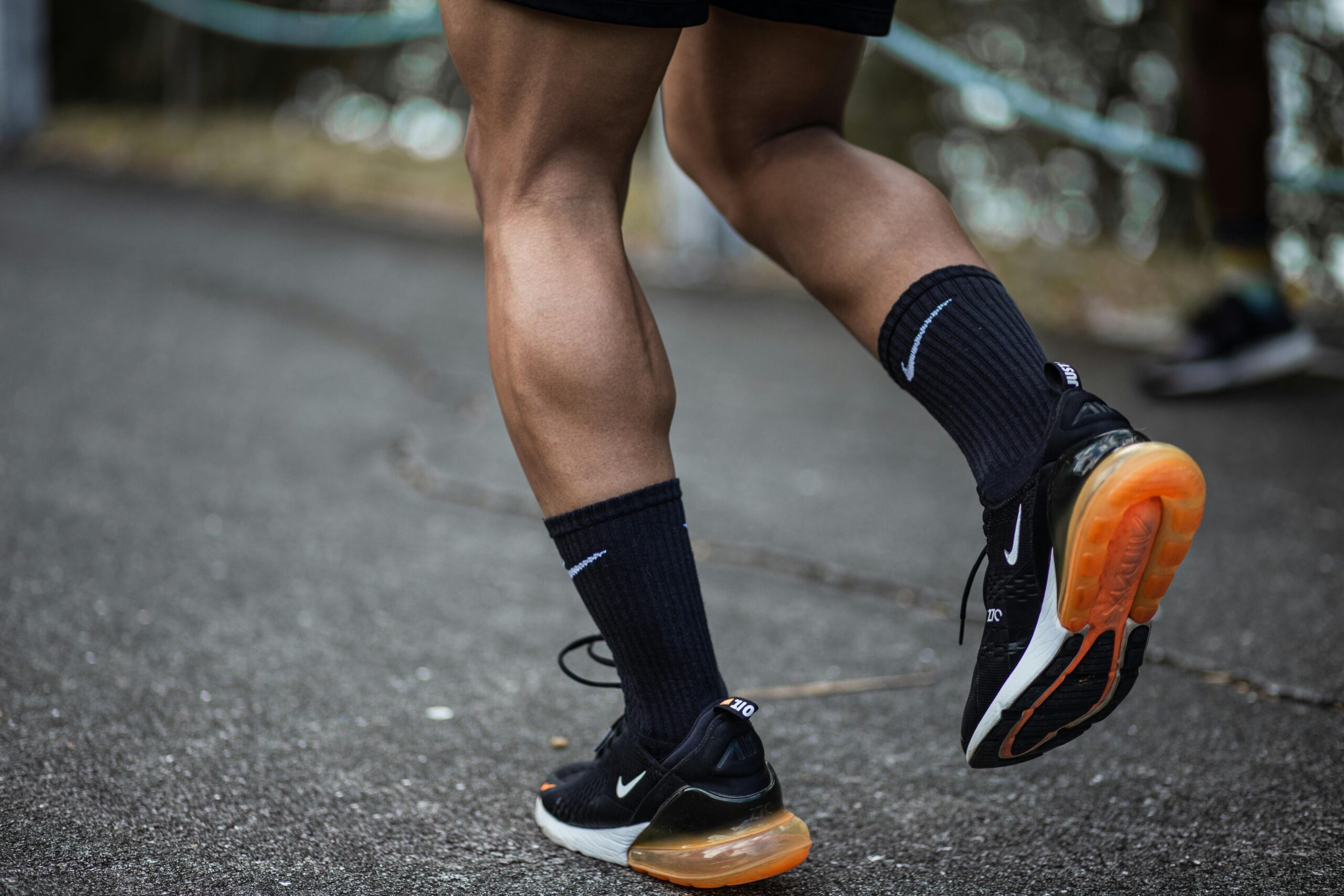
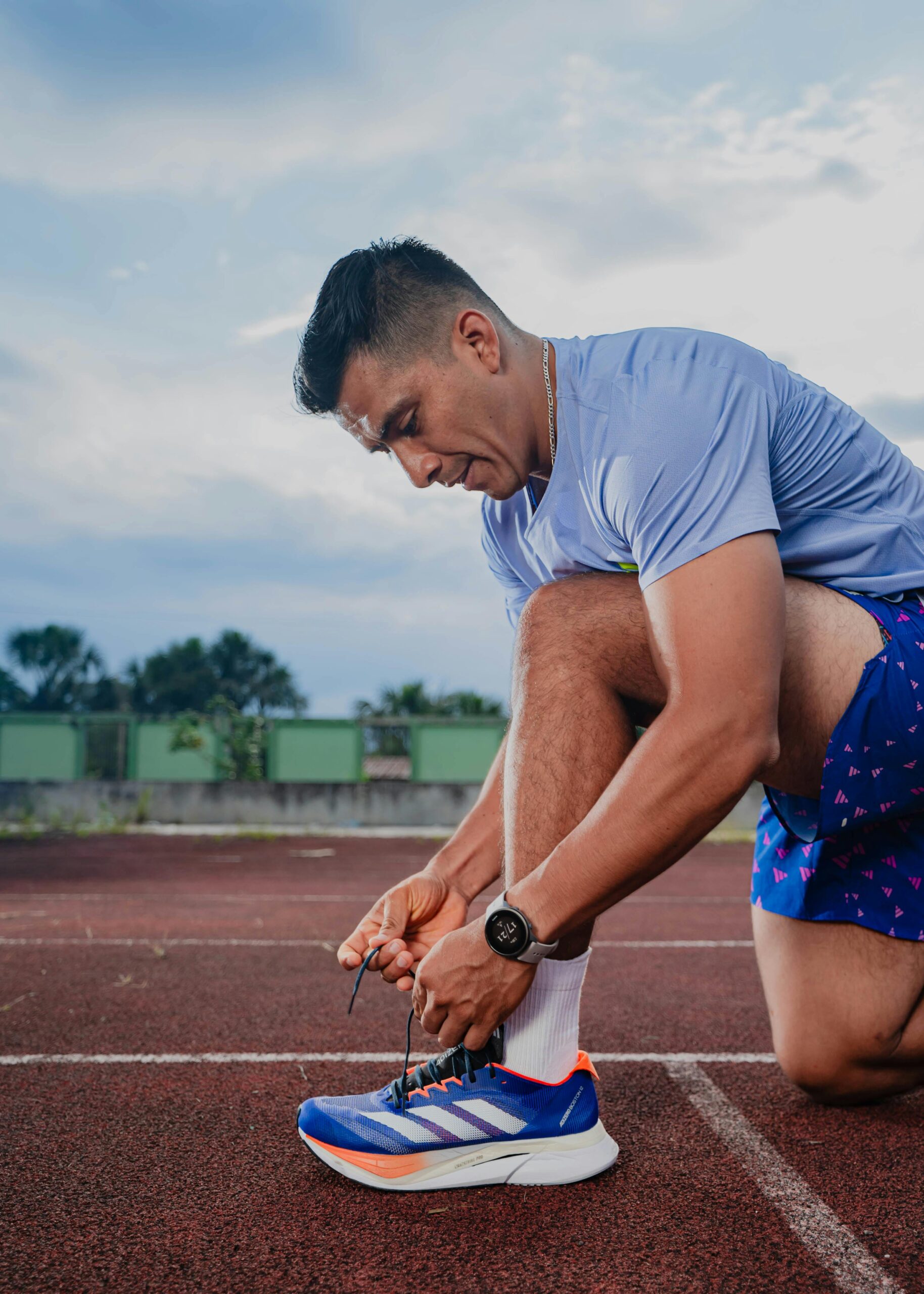
Why the Right Shoes Matter
Running is one of the most accessible sports in the world, but it’s also repetitive — thousands of steps with the same motion. Without proper footwear, that repetition can lead to injuries like shin splints or knee pain.
According to RunRepeat (2023), runners who wear shoes matched to their needs experience fewer injuries and report higher satisfaction with their training. Shoes aren’t just about style — they’re your foundation.
Key Features to Look For in Beginner Shoes
When you’re new to running, don’t worry about advanced features or racing-specific shoes. Focus on comfort, fit, and value.
- Fit: The shoe should feel snug in the heel but allow a thumb’s width of space in the toe box.
- Cushioning: Softer midsoles provide comfort for new runners logging shorter distances.
- Support: Neutral shoes are fine for most beginners, but if you have flat feet or overpronation, look for stability models.
- Durability: Even affordable running shoes should last 400–600 km if used properly.
Pro Tip: Always try shoes on with the socks you’ll run in. Small details make a big difference over long distances.
How Much Should You Spend?
Not all good shoes are expensive. Many reliable brands offer entry-level models between €60–90. These may not have the “latest” carbon plates or racing tech, but they are perfectly fine for training, 5Ks, or even a half marathon.
Examples of affordable starter models:
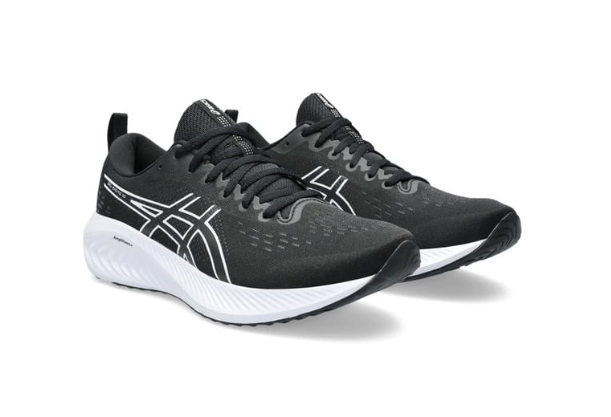
Asics Gel-Contend
Known for comfort and durability. Frequently recommended in Runner’s World beginner shoe guides, with hundreds of positive reviews praising its cushioning for daily runs.
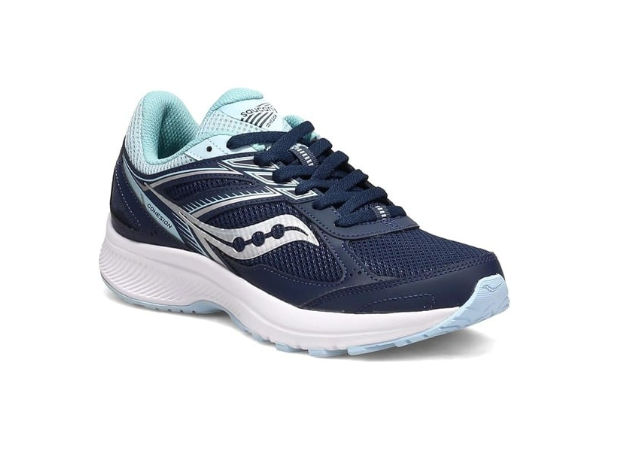
Saucony Cohesion
Great cushioning at a low price. A popular entry-level model with consistent 4★+ ratings on major retailers like Amazon and Zappos.
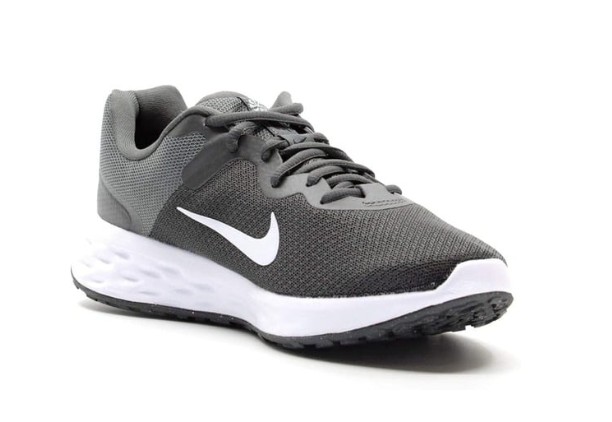
Nike Revolution
Lightweight and budget-friendly. Often highlighted as a best-seller in Nike’s affordable running category, especially among beginners who want style and function in one.
These models may not win awards for fastest marathon times, but thousands of everyday runners give them positive feedback online.
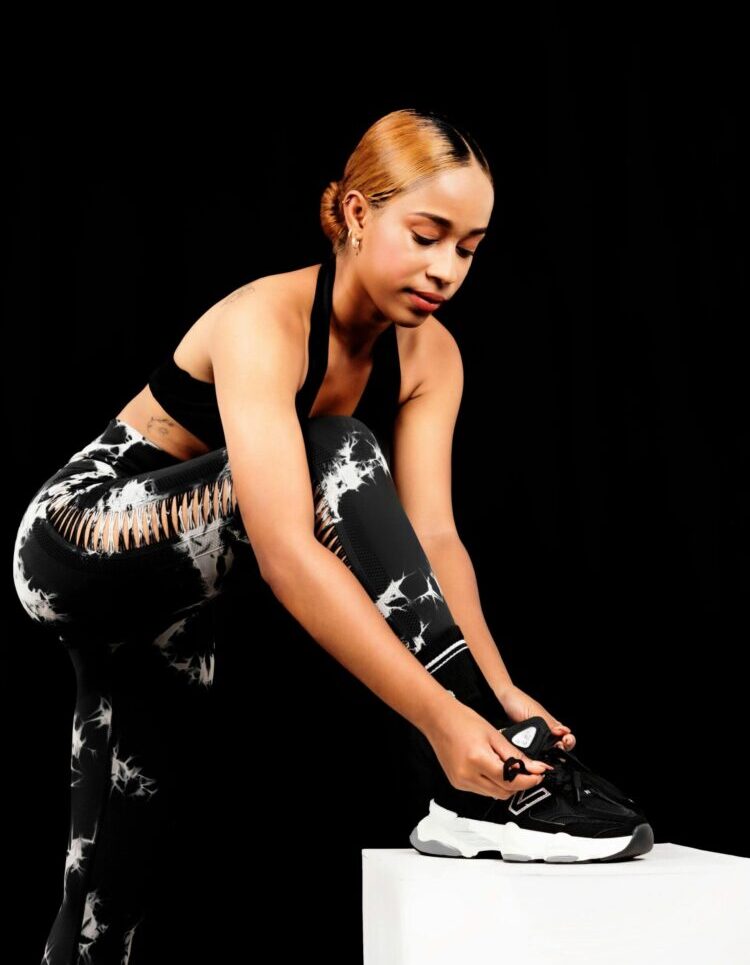
Do Men and Women Need Different Shoes?
Yes — and no. Most brands design running gear for women, including shoes shaped for narrower heels and different arch support. If you’re a woman, try women-specific models to ensure a better anatomical fit. Men can also benefit from gender-specific designs, especially if they have unique foot shapes.
When to Upgrade
Your first shoes don’t need to last forever. After your first 300–600 km (or about 6–9 months of training), you’ll start to feel less cushioning or notice wear in the soles. That’s a sign it’s time to upgrade.
Many runners begin with an inexpensive pair and then invest in a second pair for longer races, like a marathon. By then, you’ll know more about your stride, mileage, and preferences.
What About Other Gear?
While shoes are your foundation, a complete running setup includes more than just footwear. Other gear can make training safer, easier, and more enjoyable. For longer runs, a running vest is essential for carrying water and nutrition (see our full guide here). It’s also smart to build habits like a warm-up before running and stretches after running.
Beyond that, items like running gels, running shorts with phone pockets, or even GPS running watches to track pace and distance can make your experience even smoother.
Common Mistakes First-Time Buyers Make
- Buying based on looks – style doesn’t equal performance.
- Going too cheap – extremely low-cost shoes may lack durability.
- Not replacing worn-out shoes – running in dead shoes increases injury risk.
- Skipping research – reviews and expert guides (like Runner’s World 2024 best shoes list) can save you from bad choices.
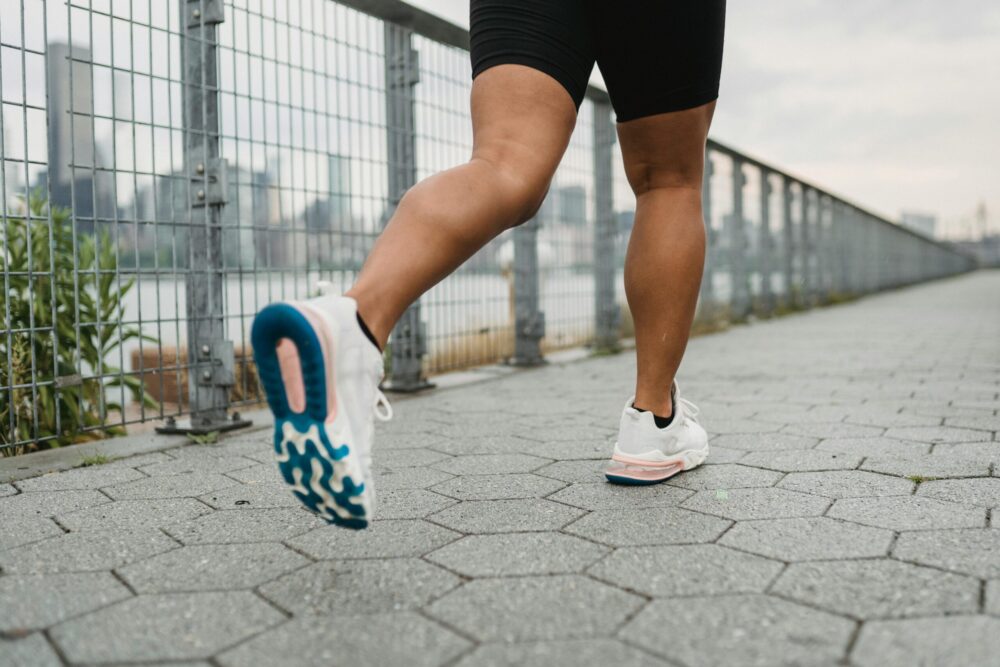
Conclusion
Choosing your first pair of running shoes doesn’t need to be stressful or expensive. With a budget of €60–90, you can find inexpensive running shoes that provide comfort, support, and durability for your training. Focus on fit, cushioning, and longevity rather than flashy features.
As you grow as a runner, you’ll discover what works best for your body and goals. But for now, the most important step is simple: lace up, head out, and enjoy the run. Your first shoes are the gateway to a lifelong habit.

Leave a Reply